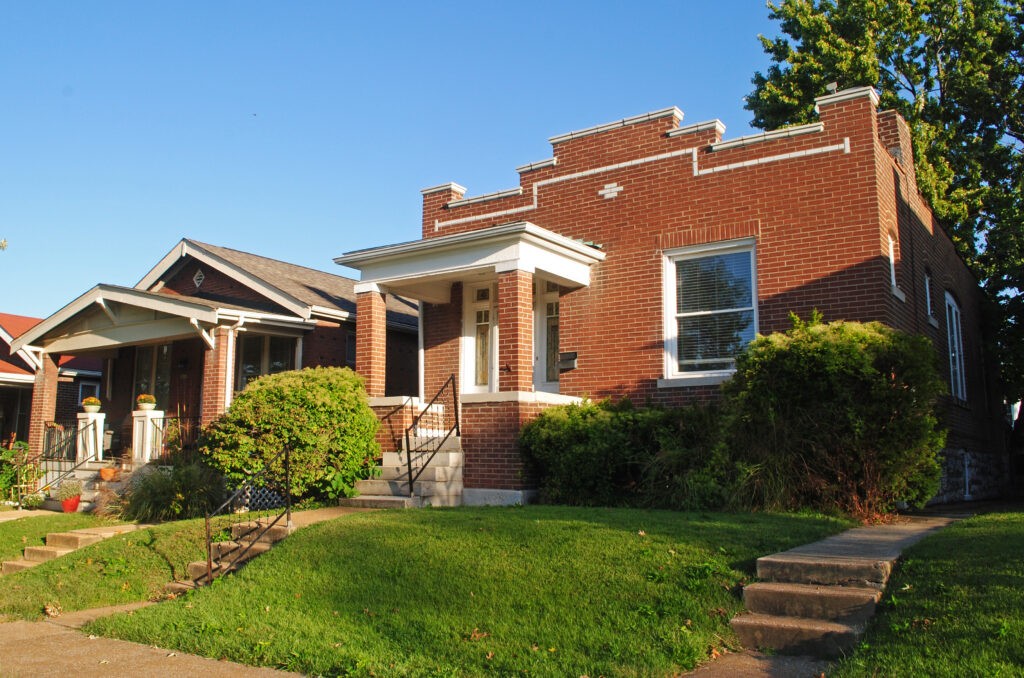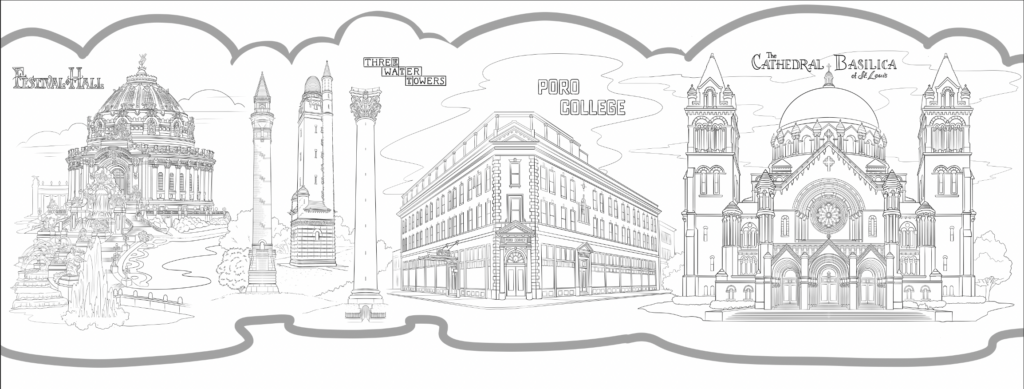Coloring STL at the Missouri History Museum is a unique interactive exhibit that invites visitors to explore the St. Louis region’s architectural past and present by coloring in more than 50 local structures — from downtown’s iconic landmarks to local homes, to buildings now erased from the landscape to neighborhood treasures. But filling the cityscape with a kaleidoscope of dry erase marker color isn’t all visitors will get to do. Visitors will get an up-close look at over 50 fascinating artifacts from real St. Louis buildings and learn about the dreamers and designers who used the materials beneath our feet to leave their mark on the city. The exhibit opens August 2022.

“Ever since the city’s founding in 1764, the St. Louis region has been rich in architectural history, with beautiful, strange, and fascinating structures of every era, shape and size dotting its landscape,” said Andrew Wanko, Public Historian and content lead on the Coloring STL exhibit. “It doesn’t matter if they’re big or small, famous landmarks or your house — countless St. Louis buildings have fascinating stories to tell.”
Included among the over 50 colorable, iconic local structures is a timeline of residential buildings. While coloring, visitors can read short facts on the various types of structures local inhabitants have lived in ranging from ca 1700 Illinois Longhouses to the French Second Empire Townhomes popular in Lafayette Square, to the ca. 1890 urban rowhouses popular in Soulard, Old North, Hyde Park, and Benton Park, to the shotgun-style homes found on the Hill, to the suburbs, and more.

“Stained glass windows are a staple of many St. Louis homes,” said Wanko. “One aspect of Coloring STL we anticipate visitors will enjoy is the story of how stained glass gained popularity and how it was made right here in St. Louis. Visitors can flip through a stained-glass catalog and the sketchbook of Emil Frei, one of the most important stained-glass artisans to ever call St. Louis home.”
Other interactive elements in Coloring STL include trivia flip panels that test visitors’ general architectural knowledge or ask visitors to correctly identify which building from another country inspired a local structure. A picture slideshow titled “Yesterday’s St. Louis” shows 50 images that offer up incredible views of St. Louis’s past, with some streetscapes looking very familiar and others looking totally unrecognizable. Touchable elements include an architect’s pull-out flat file drawer which has graphic reproductions of St. Louis building drawings inside, complete with touchable raised lines for accessibility. Other touchable elements include real St. Louis building materials — 8 different varieties of locally made bricks, an iron “tie star” like those seen on the walls of St. Louis’s historic homes, and one of the millions of granite pavers once used to pave St. Louis’s streets.






